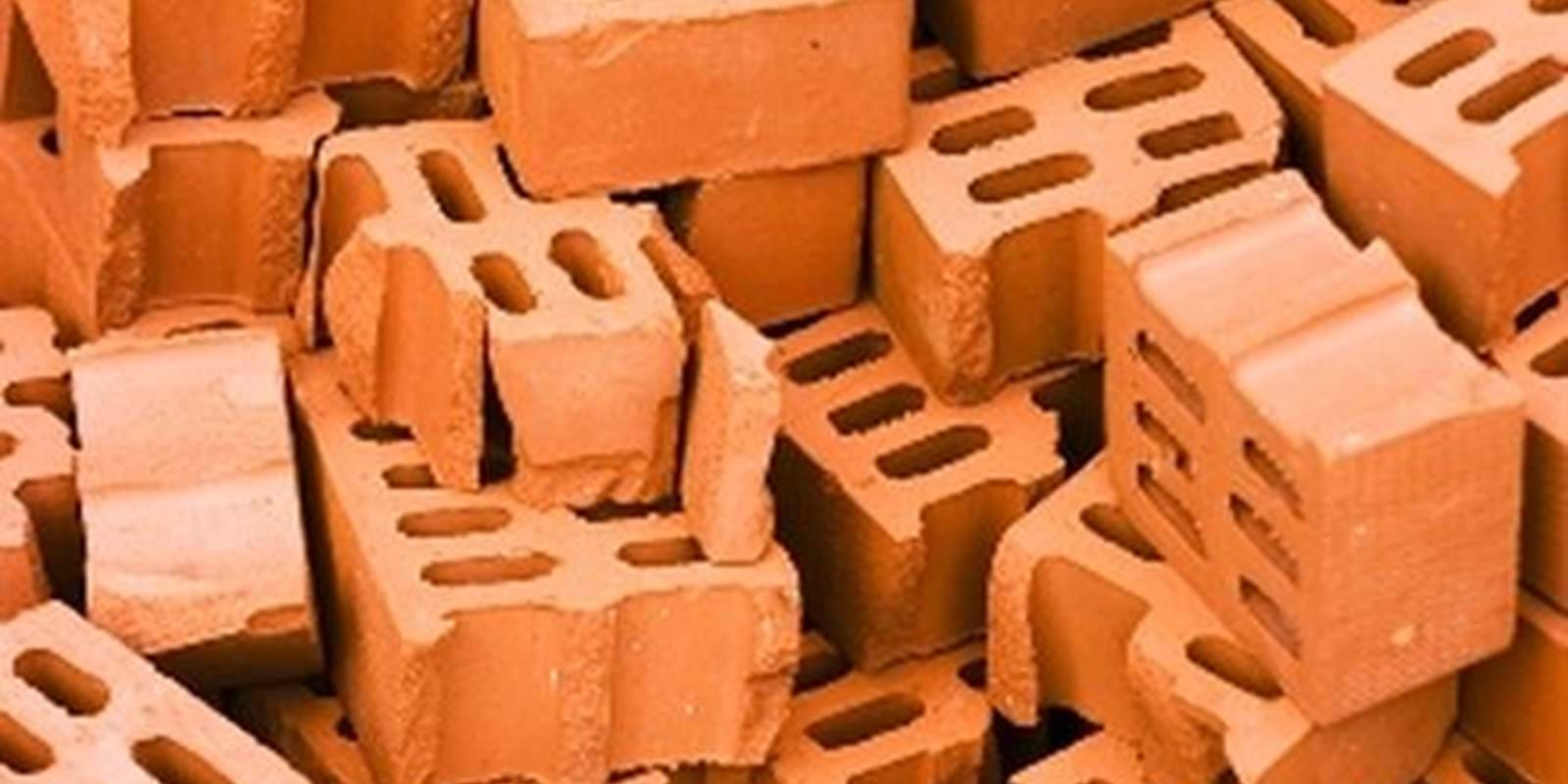First Steps
- Remove standing water with pumps or pails, then with a wet/dry shop vacuum.
- Remove all soaked and dirty materials and debris, including wet insulation and drywall, residual mud and soil, furniture, appliances, clothing and bedding.
- Hose down any dirt sticking to walls and furnishings, then rinse several times, removing the remaining water with a wet/dry shop vacuum. Rinse, then clean all floors as quickly as possible. Flooring that has been deeply penetrated by flood water or sewage should be discarded.
- Work from the top down. Break out all ceilings and walls that have been soaked or that have absorbed water. Remove materials at least 500 mm (20 in.) above the high-water line. Removing only the lower part of the wall applies if action is taken immediately after the flood or wetting event. Gypsum board walls that have been exposed to high humidity or standing water for a prolonged period of time should be removed in their entirety and discarded. Ceiling tiles and panelling should be treated like drywall.
- Wash and wipe/scrub down all affected or flooded surfaces with unscented detergent and water. Rinse. Repeat the process as needed. Concrete surfaces can be cleaned with a solution of TSP (tri-sodium phosphate) in water (one half cup TSP to one gallon of warm water).When using TSP, which is highly corrosive, wear gloves and eye protection.
Bleach is NOT recommended
The presence of organic (humic) materials, the pH (acidity/alkalinity) of the water, the surface material and contact time affect the effectiveness of bleach for disinfection. Since these factors are not generally controlled, bleach cannot be relied upon for disinfection.The most compelling reason for advising against bleach is that fumes are harmful but in addition, overuse of bleach will result in increased releases of chlorinated effluents which can be harmful to the environment. - Surfaces that are dry and/or have not been directly affected by the flood water should be vacuumed with a HEPA vacuum cleaner. Further cleaning of concrete surfaces can be done with TSP. Washable surfaces can be washed with unscented detergent and water. Surface mold on wood can be removed with a vacuum-sander. Do not sand without simultaneous vacuuming.Wood that looks moldy after sanding may need to be replaced.
- After cleaning the surfaces, ventilate or dehumidify the house until it is completely dry. Rapid drying is important to prevent mold growth. When the outside weather permits (low humidity and moderate temperature), open doors and windows and hasten the drying process with fans. If the outside weather is not suitable and you notice that drying is not happening fast, use dehumidifying equipment, renting extra units as necessary.
To determine if the outdoor air can help dry the air inside, place a hygrometer in the area to be dried. Let it stabilize then open a window and monitor the Relative Humidity (RH). If it goes down then it means the air is dry enough to assist the drying process. If the RH increases, close the window.
- Carpets must be dried within two days. Sewage-soaked carpets must be discarded. Homeowners can't effectively dry large areas of soaked carpets themselves. Qualified professionals are required.
- Ensure that all interior cavities and structural members are completely dry (which could take weeks) before closing cavities.
What to Keep or Discard
- Discard and replace all insulation materials, and all less-expensive articles that have been soaked, including particleboard furniture, mattresses, box springs, stuffed toys, pillows, paper and books.
- Separate valuable papers. Ask a lawyer whether you should save the papers themselves or just the information on them.
- The frames of good quality wood furniture can sometimes be salvaged, but must be cleaned and dried by ventilation away from direct sunlight or heat. Consult a furniture restoration specialist. Coverings, paddings and cushions must be discarded and replaced.
- Scrape heavy dirt from washable clothes, rinse and wash several times with detergent and dry quickly.
Before Moving Back In
- Do not use flooded appliances, electrical outlets, switch boxes or fuse/breaker panels until they have been checked by your local utility.
- If they have been soaked, consult an HVAC (Heating,Ventilation and Air Conditioning) contractor to replace the furnace blower motor, switches and controls, insulation and filters. Inspect all flooded forced air heating ducts and return-duct pans and have them cleaned out or replaced. Seek advice from your local utility about a water heater that has been wet. Refrigerators and freezers may need to be replaced.
- Flush floor drains and sump pits with detergent and water and scrub them to remove greasy dirt and grime. Clean footing drains outside the foundation if necessary.

